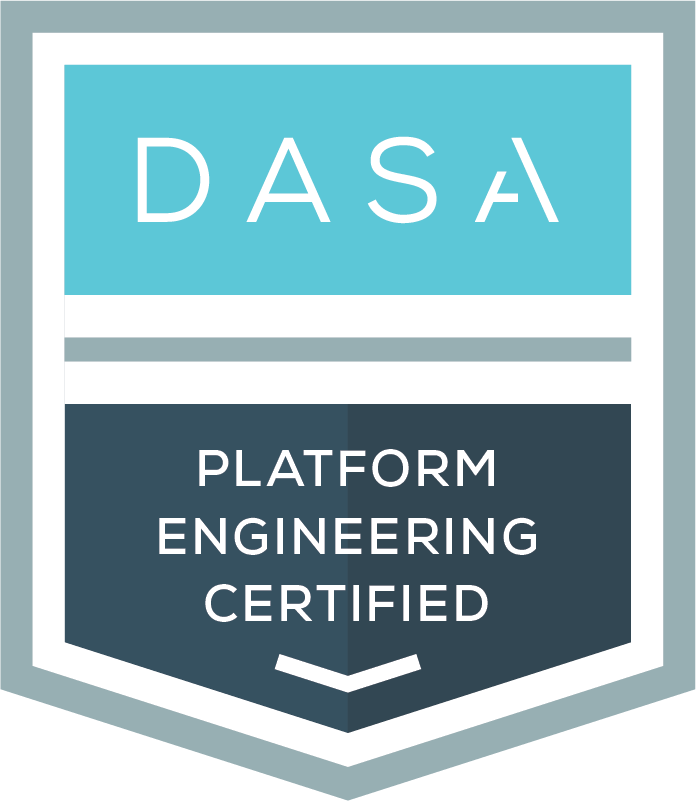Platform engineering teams are the backbone of many organizations, yet their contributions often remain hidden, operating behind the scenes to ensure seamless development and infrastructure operations.
Understanding and communicating the value of these teams is crucial to ensure efforts align with broader business objectives.
The Three Steps to Realizing Value
There are three key steps to ensuring success: laying the groundwork, tracking outcomes, and telling the story. These steps help internal teams, including product development and IT, understand the scope of platform engineering and its impact.
1. Laying the Groundwork: Defining Scope and Aligning Goals
Laying the groundwork begins with understanding what your platform engineering team does and, equally important, what it does not do. In many organizations, platform engineering teams are internal-facing, supporting key stakeholders such as development, IT, and InfoSec teams. Therefore, defining the team’s scope and aligning its objectives with broader business goals is essential.
Key steps include:
- Understanding your charter: What value does your team bring to the organization? Are you focused on infrastructure, developer productivity, or reliability engineering?
- Aligning goals with stakeholders: This ensures that the platform engineering team’s work meets the needs of its users—whether that’s speeding up development, optimizing costs, or increasing system reliability.
- Connecting with business objectives: Each effort should ultimately support the organization’s broader goals, allowing platform engineers to communicate how their work drives business success.
2. Tracking Outcomes: Monitoring and Measuring Impact
Once the groundwork is laid, it’s time to measure and monitor outcomes. The challenge for many platform engineering teams is finding metrics that resonate with both technical and non-technical stakeholders. ROI is often an excellent measure, focusing on cost optimization, developer productivity, and system reliability.
Effective tracking involves:
- Transparency: The metrics and outcomes being tracked should be visible to all relevant stakeholders.
- Continuous improvement: Measure key metrics such as developer speed, build times, and incident rates, showing clear improvements over time.
- Flexibility: The measurement framework should be adaptable. As business needs and technologies evolve, so too must the platform engineering metrics.
3. Telling the Story: Communicating Value to the Organization
Even the most well-measured outcomes won’t matter if they aren’t communicated effectively. Platform engineering teams need to champion their work, ensuring that the value they bring is understood across the organization.
To communicate value effectively:
- Use the right platform: Whether it’s Slack, email newsletters, or in-person workshops, choose the communication channels that reach your stakeholders.
- Simplify the message: Avoid overly technical language when communicating with non-technical teams. Focus on how platform engineering efforts have tangible impacts—like reducing deployment times from three days to one.
- Regular cadence: Share updates regularly. Whether weekly, monthly, or quarterly, ongoing communication ensures the team’s impact remains front and center.
Practical Tips for Success
Aligning platform engineering efforts with business goals and demonstrating tangible results is not a one-time task. It requires continuous effort, collaboration, and transparency. Here are some tips to ensure success:
- Goal alignment: Ensure that your team’s goals are always tied to broader business objectives.
- Use multiple channels: Use various communication platforms—whether virtual or in-person—to share wins, challenges, and progress.
- Create a feedback loop: Encourage feedback from both internal teams and stakeholders. This ensures that your work remains relevant and impactful.
- Adapt your measurement strategy: As business goals shift, be prepared to adjust the metrics and outcomes you track.
Platform engineering teams play an essential role in digital organizations, providing the foundational elements that enable development and operations to run smoothly. By focusing on these three steps—laying the groundwork, tracking outcomes, and telling the story—teams can clearly communicate the value they bring to the organization and ensure continued alignment with business goals.


DASA Platform Engineering
De-risk, optimize, and get maximum value from the platform engineering initiative.
